#24. The Drake Equation
Colombano is not the only scientist to point out the existence of extraterrestrial life. An equation to approximate the number of potential alien civilizations in our galaxy was formulated to encourage discussion for the search of alien life, this was the Drake equation.


The equation was thought up in the early 1960s and was not intended to calculate the actual quantity of alien civilizations. Astronomer Frank Drake wanted to bring into focus other facts that should be considered in the search of alien life.
#23. Alien Civilizations
The Drake equation encourages scientists to consider alien life might exist. The widely estimated number of civilizations in the Milky Way is consistently challenged. Although the equation estimates between 1,000 and 100 million alien civilizations, subsequent results suggest that there may not be extraterrestrial life at all.
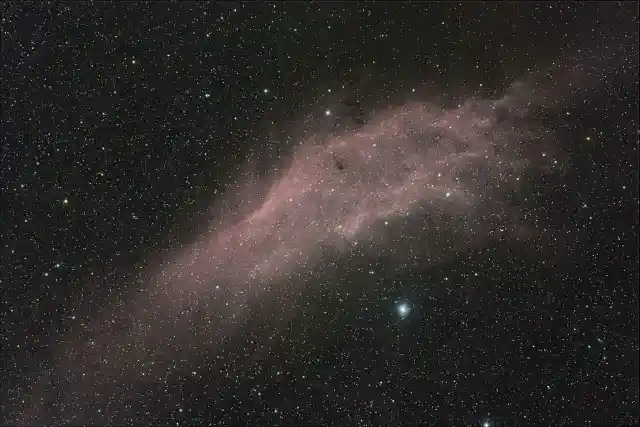

The value of the Drake equation does not lie in the numbers that it throws up, but instead in its capacity to stimulate speculative thought within astronomy. The statement is important because it breaks down one enormous question into more manageable lines of inquiry.
#22. Mars
The search for alien life began in the middle of the 20th century. It is relatively recent and continues to this day.


Mars has been the focus of both direct and indirect searches. Due to its similarities and closeness to Earth, the Red Planet has been a great source of enthusiasm, from NASA’s Viking program to the Mars Science Laboratory.
#21. The Curiosity Rover
The NASA Mars Science Laboratory was launched in November 2011. The following year, the Curiosity rover roamed the surface of the planet. The goal was to gain a clearer understanding of Mars´ability to sustain life.
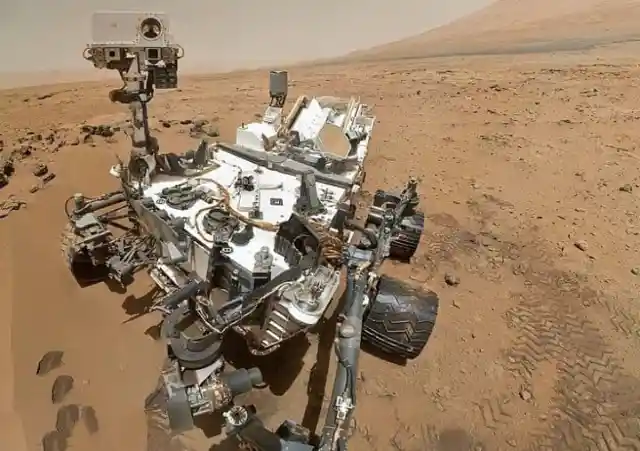

The Curiosity rover uncovered evidence that suggests that life once existed there. Not only did it collect samples of elements associated with organic activity, but it also found indication that molecules necessary for life were once present on Mars.
#20. Direct And Indirect Searches
But these discoveries are the result of direct searches. Indirect searches also take place, such as the various projects known as the search for extraterrestrial life (SETI).


Another indirect search is the scouring of the galaxy for potential communication attempts made by alien life.
#19. Alien Signals
The truth is that actually, there is no way for us to know if we could identify signals from aliens. And the by the time that transmissions reached Earth, those who sent them would be long gone. These uncertainties make SETI the focus of some heavy criticism.
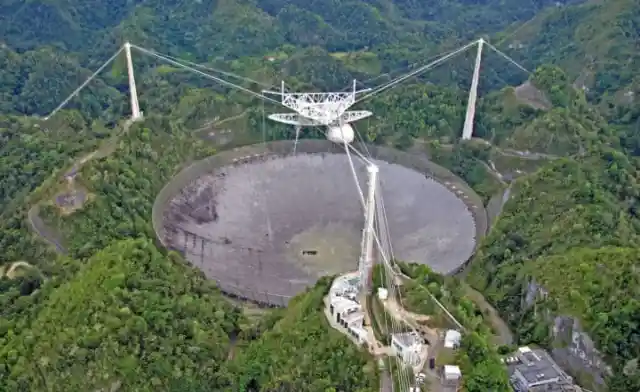
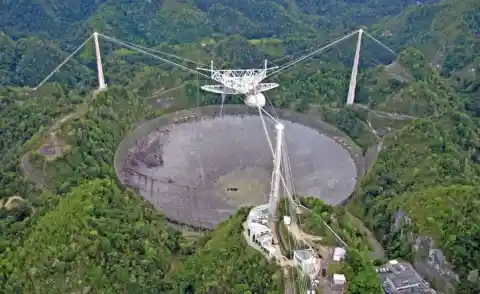
Searches have been focused on planets similar to Earth because its root has been in a human understanding of life. Some now argue that this approach is too narrow.
#18. NASEM
Because of all the developments in astronomy and astrobiology fields, NASA requested the National Academies of Sciences, Engineering and Medicine (NASEM) to reevaluate their current approach regarding space exploration


NASEM agreed that a change is needed and proposed to also investigate planets known to be unsuitable for human life.
#17. Life On Unlikely Planets
The basis of this is that life could be found in environments that do not resemble those on Earth. Recent discoveries of a lake under the surface of Mars and seas beneath the surfaces of Saturn and Jupiter are perfect examples to this point.
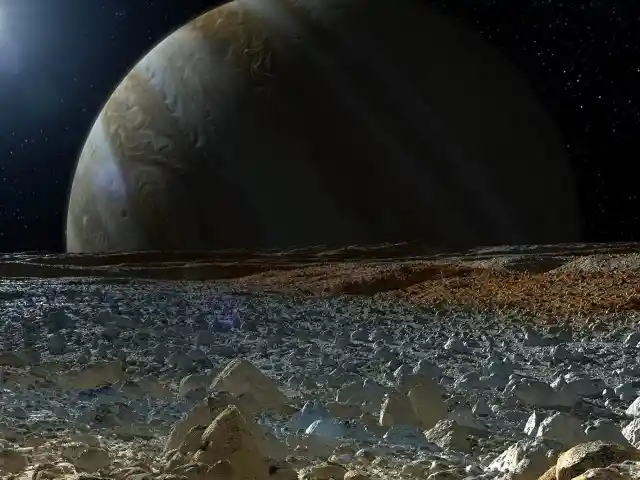

One of NASEM’s suggestions was to use astrobiology to understand how life forms beyond the parameters of Earth.
#16. Astrobiology
“The more that we can integrate the astrobiology lens and astrobiology thinking from the beginning of missions, the more that we can capitalize on the fantastic discoveries that are going on with missions that are out there now,” said Barbara Sherwood Lollar, chair of NASEM.


“But by embedding the astrobiology thinking early in the process, we may be able to do even more;” she expressed.
#15. Bio-signatures
Recent missions are focused on looking for bio-signatures (signs of life left by organisms), which might include certain types of molecules or gases, for example.


Although NASEM suggests that it is restrictive to presume that extraterrestrial life would leave bio-signatures similar to those of human life.
#14. A Different Approach
“We need to make sure that our toolbox of bio-signatures is universal enough that it encompasses both our ability to recognize life as we know it but also our ability to recognize life as we don’t know it,” explained Lollar.


NASEM advises that this approach could be the key to increase the chance of finding alien life someday.
#13. Colombano’s Paper
Dr. Silvano P. Colombano has spent most of his career at NASA and has written or contributed to over 80 papers and is now considering the possibility of extraterrestrial life from a new perspective. A new paper of his is causing quite a stir in the scientific community.


The paper, entitled New Assumptions to Guide SETI Research, suggests that alien life could be totally different from how we imagine it.
#12. Identifying Alien Life
If alien life forms are not how we envisage them, then they might have been on Earth already but we wouldn’t have known it. Supposing that they were not carbon-based, unlike every organism on life, we could not have the ability to identify them.


“I simply want to point out the fact that the intelligence we might find and that might choose to find us (if it hasn’t already) might not at all be produced by carbon-based organisms like us,” Colombano wrote. “The size of the [alien life-form]might be that of an extremely tiny super-intelligent entity.”
#11. Alien Technology
Colombano also wrote in his paper that alien technology could be beyond human comprehension. Meaning that interstellar journeys would not be as difficult as we presume. The presumption that interstellar travel is unlikely to ever occur has led scientists to dismiss the notion that UFOs have already visited Earth.


Colombano wrote in his paper that “if we adopt a new set of assumptions about what forms of higher intelligence and technology we might find, some of those phenomena might fit specific hypotheses, and we could start some serious inquiry.”
#10. Kepler
The discoveries Kepler made are an example of great encouragement for the quest to find alien life.


Kepler was a spacecraft launched in 2009 that was operational for almost a decade. Although in October 2018 NASA announced its mission ended because the observatory exhausted its fuel.
#9. Kepler’s Discoveries
The spacecraft would examine just one section of the Milky Way and search for planets orbiting stars other than the Sun, to get an approximate number of how many star may support Earth-like planets. Kepler was active for years and identified more than half a million stars!
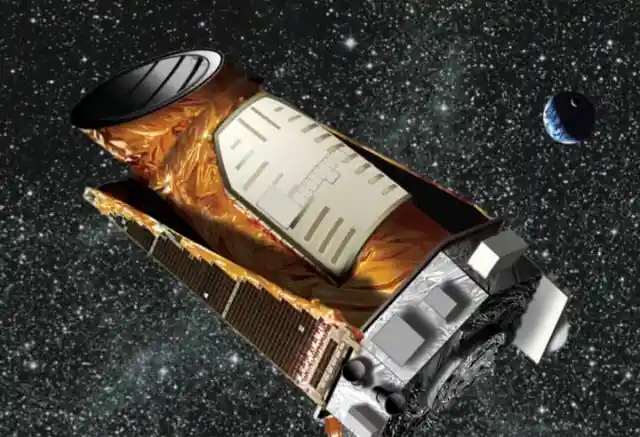

Colombano really believes that Kepler’s discoveries are promising, but there is still a need for alternative expectations in the search for alien technologies
#8. Evolution
“The reason is that, while it is still reasonable and conservative to assume that life is most likely to have originated in conditions similar to ours, the vast time differences in potential evolutions render the likelihood of ‘matching‘ technologies very slim,” he wrote.
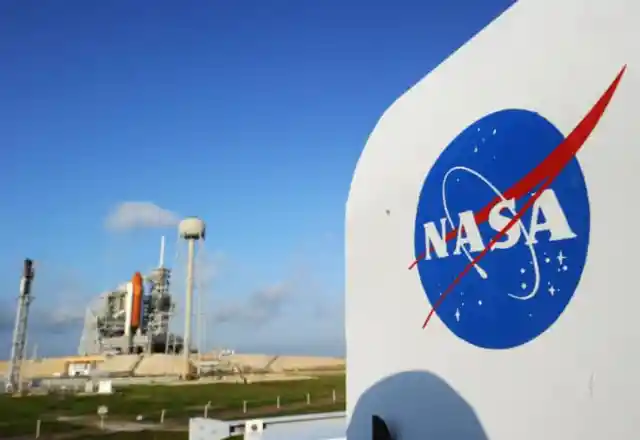
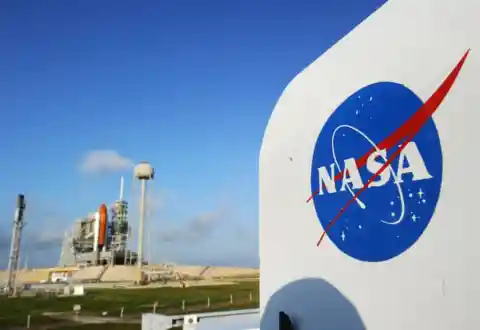
Colombano’s suggestions might seem a bit outlandish, but he is a scientist with a rooted career at NASA and an expert in his field. Extraterrestrial life is a subject he often writes about regularly, and some of his ideas support the work of ufologists and conspiracy theorists.
#7. Sightings
Ufology dates back to the 1980s, people have been reviewing evidence regarding unidentified flying objects for over a century.


Reports of “mystery airships” began to appear across the United States, some claimed that these airships were crewed by Martians.
#6. Foo Fighters
Many pilots during the Second World War claimed to have seen what was dubbed foo fighters. Suspected to be enemy weapons, foo fighters were bright, colorful bodies that would follow aircraft. There has been no unified explanation about these sightings, even to this day. Despite the numerous records of the foo fighters, it remains a mystery.


Kenneth Arnold, an American pilot, claimed he saw nine UFOs near Mount Rainier in 1947. The term “flying saucer” was coined thanks to Arnold´s description of the UFO and remains in use to this day. Arnold´s report is considered the first contemporary widely known claim about UFO sightings.
#5. UFO Reports
Thanks to Arnold´s claims, public interest in UFOs started growing. Reports of UFO sightings started rising and this interest remained at its peak all throughout the Cold War.


And it wasn’t just the public interest and the press, this phenomena brought in the U.S. military into the scene. The concern was that the Soviet Union was producing flying weapons, so UFO reports were taken seriously.
#4. U.S. Government
In the early ’50s, U.S. government and military concern with UFOs started to wane. No solid conclusions had been reached after years and years of reasons. So it was decided that far fewer resources would be devoted to the area. Also, numerous programs were shut down.


But the lack of social interest has not stopped people from thinking that extraterrestrial UFOs are coming to visit earth. And Area 51 still attracts attention. Thanks to this belief, it has even become a magnet for ufologists.
#3.Area 51
Area 51, the United States Air Force facility, is located in Nevada. The precise function of the facility is currently unknown, and it is maybe because of this mystery that ufologists come up with such fervent speculations. Some even believe that the facility stores a wrecked extraterrestrial aircraft or that alien meetings are hosted there.


Still, Area 51 maintains its allure for UFO fanatics, even to this day. The nearby town of Rachel has benefited from the attention too, as it is now something of a tourist hot spot. Meanwhile, new UFO sightings are being reported across the globe.
#2.The Scientific Community
UFO sightings are often brushed off, within the scientific community these sightings are nothing but pseudoscience. However, Colombano explains that not all of the sightings can be explained. But not all ufologists are so keen on the idea of intelligent extraterrestrial life being so accepted by the scientific community.


As Colombano wrote in his report, “Considering… [the fact]that technological development in our civilization started only about 10,000 years ago and has seen the rise of scientific methodologies only in the past 500 years, we can surmise that we might have a real problem in predicting technological evolution even for the next thousand years, let alone 6 million times that amount! In light of these numbers, I think we need to re-visit even our most cherished assumptions.”
#1. A New Begining
What Colombano wants is for his peers in the scientific community to approach the search for extraterrestrial life without bias.


This would call for scientists to shed any existing preconceptions, which he acknowledges is not an easy task. But that might be the key to discovering life in our galaxy.